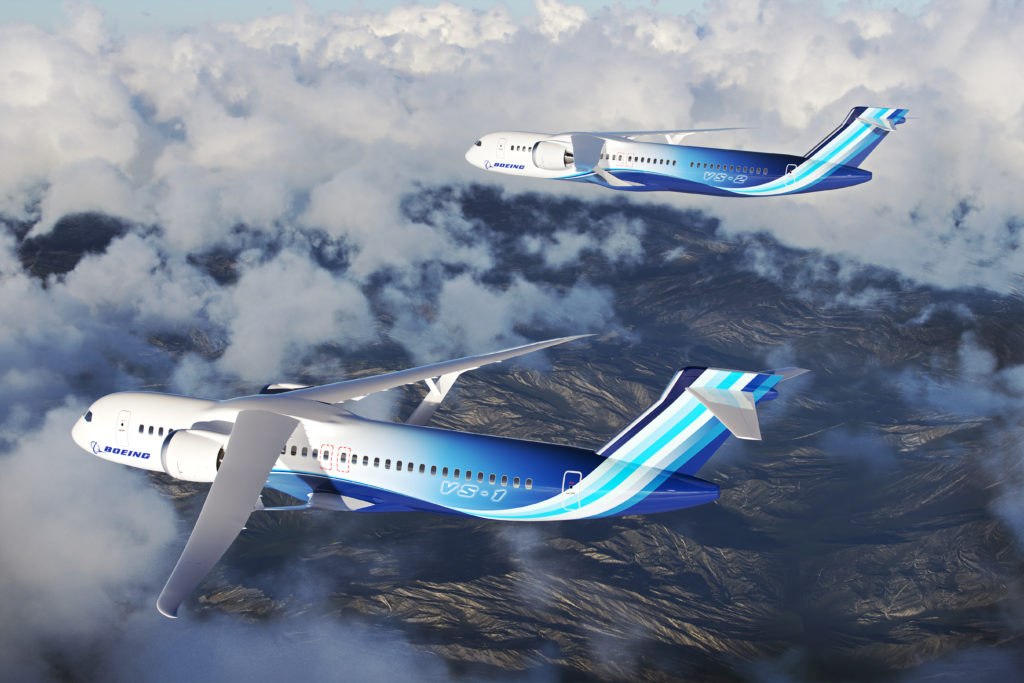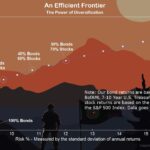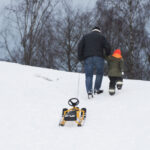
Artist concept of commercial aircraft families with a Transonic Truss-Braced Wing configuration from the Sustainable Flight Demonstrator project. Credits: Boeing
Boeing has been chosen by NASA to receive taxpayer assistance in designing and building prototype jets that will use less fuel than current models. NASA will fund nearly 37% of the research venture which will total $1.2 billion. Doug Cameron and Micah Maidenberg report in The Wall Street Journal:
Boeing Co. BA -1.37%decrease; red down pointing triangle won a NASA-backed contest to build a prototype of a new, fuel-efficient jetliner that officials said the company aims to fly for the first time in 2028.
The plane the aerospace giant plans to develop would install longer, thinner wings supported from below on a single-aisle fuselage, a design that officials said would cut down on fuel needs. The National Aeronautics and Space Administration didn’t disclose the names of rivals who participated in its competition, which was aimed at kick-starting the development of more environmentally friendly aircraft.
Boeing executives and NASA leaders on Wednesday described the plane as experimental, with multiple technical challenges to resolve before the inaugural demonstration flight several years from now. The planned jet won’t necessarily become part of the lineup that Boeing manufactures and sells, executives from the company said.
In November, Boeing Chief Executive David Calhoun said he had pushed back plans for the company to create its own new plane until the 2030s.
“This is really to have confidence in technology to enable it to be considered for commercialization,” Boeing technology chief Todd Citron said of the prototype jet. The company is looking to see if the benefits match predictions for the plane, he said: “That would be the precursor for then consideration on a commercial product.”
The aviation industry has faced mounting pressure from governments and airline customers to address its contribution to climate change, spurring manufacturers to roll out strategies to try to mitigate emissions from planes.
NASA Administrator Bill Nelson said the agency created the competition as the private sector wasn’t prepared to take on all of the risk alone. Boeing’s planned jet is funded with a $425 million NASA contribution over seven years, and $725 million from the company and its partners.
The planned Boeing jet’s long, thin wings would be delicate and need support struts to reduce the stress where they join the body. NASA and Boeing must also study operational issues on the prototype jet, such as deicing wings and fueling the plane, said Bob Pearce, associate administrator at NASA for its aeronautics research unit.
If you’re willing to fight for Main Street America, click here to sign up for the Richardcyoung.com free weekly email.




